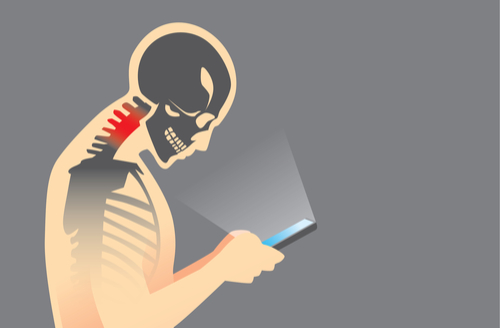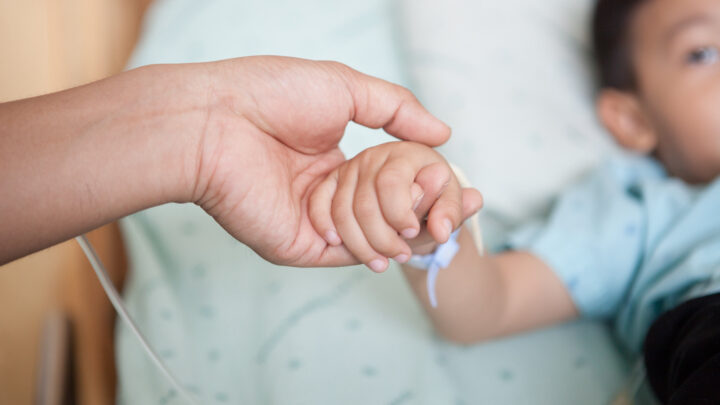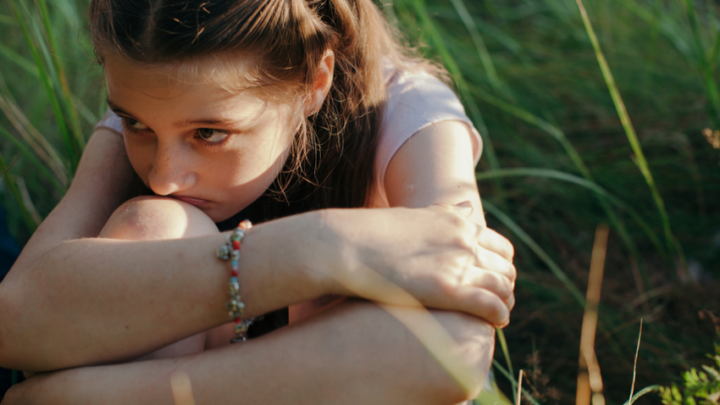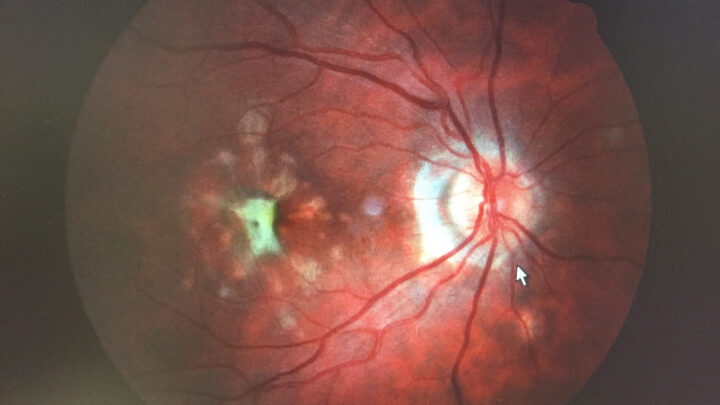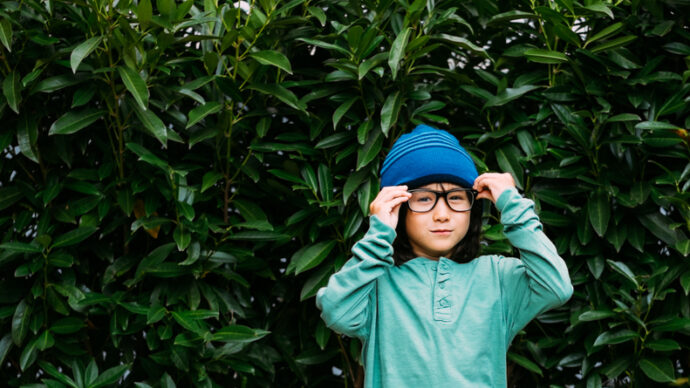
A growing epidemic of nearsightedness in children may be linked to decreased exposure to outdoor light—which has been amplified during the pandemic. As the New York Times reports: “Recent research suggests that months of Covid-induced confinement may be hastening myopia’s silent progression among young children. A Canadian study that examined children’s physical activity, outdoor time, screen time and social media use during the Covid lockdown in early 2020 found that 8-year-olds spent an average of more than five hours a day on screens for leisure, in addition to screen time needed for schoolwork.
This report and a new study of school-aged children in China after five months of Covid-19 home confinement informed the title of an editorial, “2020 as the Year of Quarantine Myopia,” in the Jan. 14 issue of JAMA Ophthalmology. Researchers from Emory University in Atlanta, the University of Michigan in Ann Arbor and Tianjin Medical University Eye Hospital in Tianjin, China, described a substantial decline in the visual acuity among 123,535 elementary school children following school closures last year from January until June.
Compared to the results of previous annual screenings, the ability to see distant objects clearly had fallen precipitously, especially among those ages 6 to 8. The children became far more myopic than expected, based on changes in acuity that were measured at the start of the school years 2015 through 2019. But a similarly dramatic drop in acuity among older children was not found.
‘Given the fact that the younger children were assigned fewer online learning tasks than the older ones, it is unlikely that rapidly progressing myopia in younger children was caused by more intense screen time or near work,’ like reading, typing, doing homework or playing video games, the research team wrote in JAMA Ophthalmology. Rather, a lack of exposure to outdoor light is the more likely explanation…
Dr. Neil M. Bressler, an ophthalmologist affiliated with Johns Hopkins Medical Institutions, said that the high intensity of outdoor light has an important influence on the shape of the eye, which in turn affects whether images are seen clearly.”
In a recent poll of about 160 global Sermo physicians, 43% confirmed that they have seen an increased number of parents of young patients concerned about their child’s vision, compared to years before the pandemic; while 40% said they have not seen this, and 17% said they were not sure.
When asked which age group have they noticed the biggest changes in vision-related problems (including vision-related headaches), compared to previous years—here’s how the physicians responded:
- 20% said 9-11 years old
- 19% said 6-8 years old
- 8% said 1-5 years old
- 7% said 12-14 years old
- 7% said 15-17 years old
- 39% said no difference compared to previous years
When asked what percent of their younger patients have had a concern about a significant change in vision or increased vision-related headaches, compared to years before the pandemic—here’s how the physicians responded:
- 48% said 5-10%
- 27% said 10 – 25%
- 14% said 25- 35%
- 8% said 35 – 50%
- 4% said more than 50%
When asked which vision changes have they seen increase in young patients, compared to previous years—here’s how the physicians responded:
- 51% said eye fatigue
- 31% said vision-related headaches
- 22% said nearsightedness
- 18% said astigmatism
- 10% said farsightedness
- 21% said no difference compared to previous years
When asked what they believe is the likely explanation for rapid changes in vision in children during the COVID period—here’s how the physicians responded:
- 66% said an overall increase in screen time
- 37% said confinement and a lack of access to looking at middle and far distance
- 34% said a lack of educational resources on how to develop healthy vision habits
- 34% said lack of exposure to outdoor sunlight
- 5% said other
Below, Sermo physicians from around the world share their professional insights, perspectives, and opinions on this important topic:
Bressler needs to support his contention that sunlight induces unique changes to the eye compared to near work. Is he suggesting that miosis due to bright light has a protective effect from myopia, and effect separate from and opposite of the combination of miosis and accomodation which occurs when performing near visual tasks? My opinion is that nearly all indoor activities of young children are near-vision activities, and fewer kids went outside (where the visual tasks are distant) for any length of time last year compared to years past. There’s nothing magical about sunlight.
Ophthalmology
We already know this from asiatic kids who are confined to little rooms with only a screen as entrance to the outside world. We might call it “Tokio Syndrome”, so to speak. These children often develop myopia due to computer occupation. You cannot deny the “Locked in Syndrome” due to Corona quarantine is somewhat similar to this. Only remember the new PlayStation 5 is constantly sold out on Amazon, or you have to pay double price in some lucky moments. These are, unfortunately, the signs of the time.
Ophthalmology
All these factors together can cause damage to visual acuity in both children and confined adults. I would add the endogenous causes of each patient.
General Practice (GP)
Overall increase in screen time causing myopic headache, blurry vision, eye pain, dry eye
General Practice (GP)
